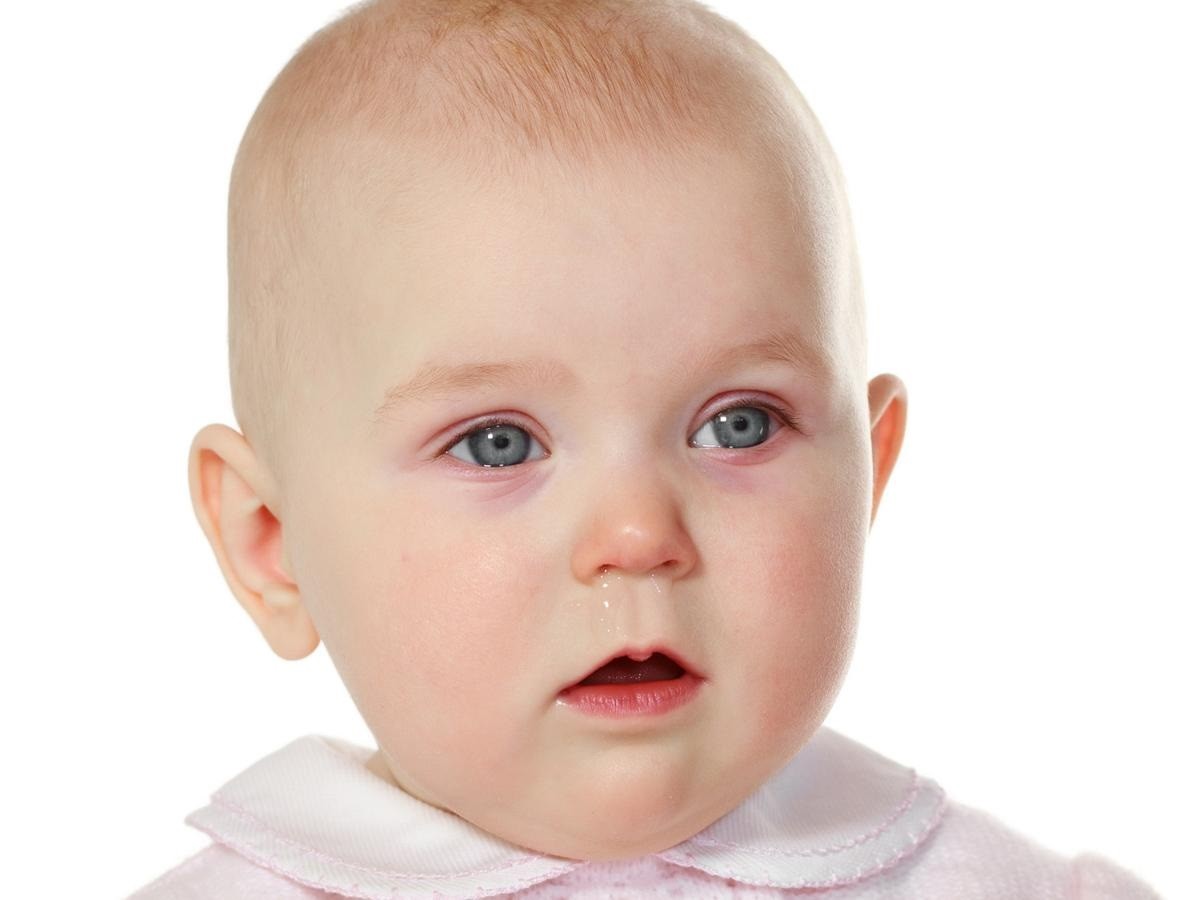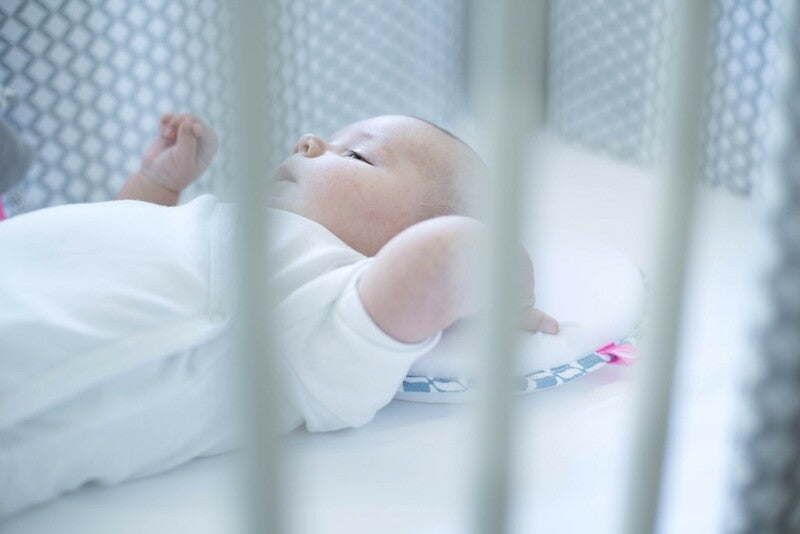Red eyes and conjunctivitis in children: causes and remedies.
Red eyes, discharge, itching and burning - the baby could have conjunctivitis. How is it treated? It depends on the cause. If it is caused by a simple irritation of the eyelid margin, a thorough cleaning may be sufficient. Otherwise, specific eye drops are needed.
Conjunctivitis in children
Conjunctivitis is an inflammation of the conjunctiva that is predominantly viral, bacterial or allergic in origin.
In all cases the symptoms are similar - redness of the eyes, secretions, itching, burning - but the treatments are different. It is generally annoying but not serious, and passes quickly enough following the directions and therapies proposed by the pediatrician or ophthalmologist.
What is conjunctivitis
Conjunctivitis is inflammation of the conjunctiva, the membrane that lines the outer surface of the eyeball, contributing to its lubrication, and the inside of the eyelids. It can affect only one eye or both.
What are the causes of conjunctivitis
Conjunctivitis generally have an infectious - viral or bacterial - or allergic origin.
The infectious forms are easily contagious: it is enough to touch the eye with a dirty hand or make a mixed use of towels to become infected. The places most at risk of transmission are the school, thanks to close contacts between peers, and the home environment, where it is easy for the infection to pass between the various family members.
On the contrary, allergic forms are not contagious. However, they are constantly increasing, hand in hand with the general increase in allergies. If earlier allergic conjunctivitis were concentrated in the spring season, now they are seen at all times of the year, probably thanks to the pollutants with which one comes into contact continuously. Pollen and dust are among the main causes of allergic conjunctivitis. Allergic conjunctivitis is more common in children who also have allergic rhinitis.
How conjunctivitis manifests itself
Whatever the cause, the symptoms of conjunctivitis are almost the same: redness of the eyes, itching, liquid or thick secretions. The latter can make it difficult to fully open the eyes, especially in the morning upon awakening. If the conjunctivitis is bacterial, the secretions are usually yellowish and sticky, while if it is viral they can be clearer and also accompany some flu symptoms. In the case of allergic conjunctivitis, the secretions are usually clear and watery.
Sometimes, older children may also report burning and discomfort, as if they have sand in their eyes.
Usually, infectious conjunctivitis starts in one eye and then extends to the other, while allergic conjunctivitis occurs immediately in both eyes.
From the physical examination, generally the doctor is able to distinguish between the various forms: in case of doubt, a swab can be made to identify the responsible germ - and establish the most suitable therapy - or possibly allergy tests, if suspected. allergic origin.
To the pediatrician or the ophthalmologist?
If you suspect that your baby has conjunctivitis, the first thing to do is to contact the pediatrician. Who, if necessary, will refer the child to the ophthalmologist. In any case, it is essential to avoid self-management of the treatment, in order not to run the risk of using inappropriate drugs. And to avoid the use of drugs that have already expired because they have been at home for a long time.
How conjunctivitis is treated
The treatment of conjunctivitis changes according to the cause that triggered it.
"Bacterial conjunctivitis must be treated with antibiotic eye drops," says the ophthalmologist. “Keep in mind that symptoms generally tend to improve after about 48 hours, however it is necessary to continue the therapy until the end, to be sure that the bacterium has been eradicated.
"For viral conjunctivitis, on the other hand, we do not have a drug that directly affects the virus, so local therapy with anti-inflammatory eye drops is prescribed in order to contain the symptoms. These can possibly be associated with antibiotic eye drops to reduce the risk of superinfections. ".
What if it's allergic conjunctivitis? "In this case, antihistamine eye drops can be prescribed, but obviously the child will have to be treated by an allergy specialist, who will evaluate a global approach to the problem."
In all cases, an eye drop can be associated with cortisone, which has a rapid anti-inflammatory action that calms the symptoms in a short time. However, it should only be used for short periods and under close supervision of the specialist because in the long run it could cause even serious problems. How to clean your eyes well
If the child has conjunctivitis, it is very important to keep the eye clean of secretions, which favor the survival of germs and therefore their proliferation. How to clean it? Pharmacies sell sterile disinfectant wipes specifically dedicated to this purpose. Just remember to use one wipe per eye.
A homemade alternative is to boil a cotton ball in a saucepan of water, let it cool and then pass it over the eye (also in this case using two separate balls per eye). "Sometimes, a thorough cleaning alone can be enough to resolve a conjunctivitis that can also be caused by a simple irritation of the eyelid margin" concludes the ophthalmologist.
A homemade alternative is to boil a cotton ball in a saucepan of water, let it cool and then pass it over the eye (also in this case using two separate balls per eye). "Sometimes, a thorough cleaning alone can be enough to resolve a conjunctivitis that can also be caused by a simple irritation of the eyelid margin" concludes the ophthalmologist.
Dear mothers, after reading our article, we recommend that you visit our Luxury kids website.






Leave a comment